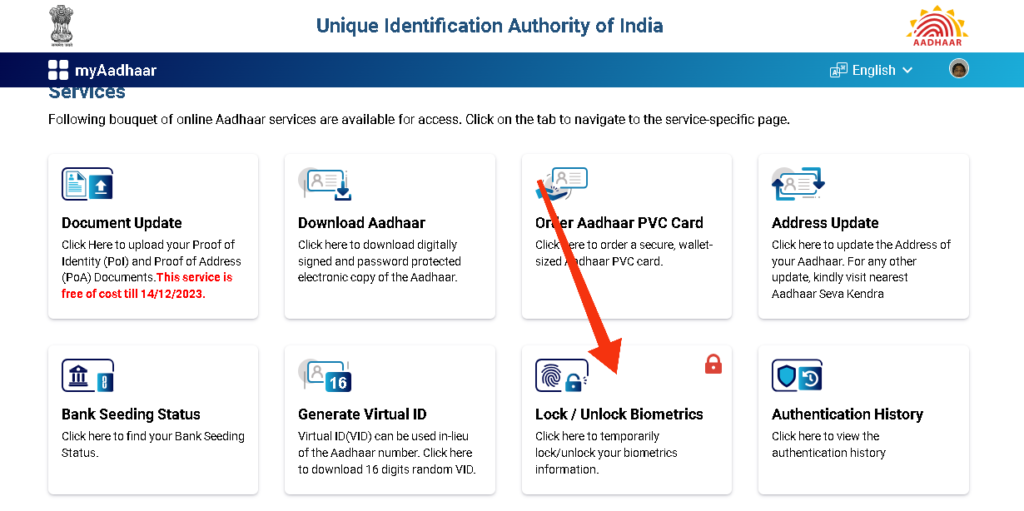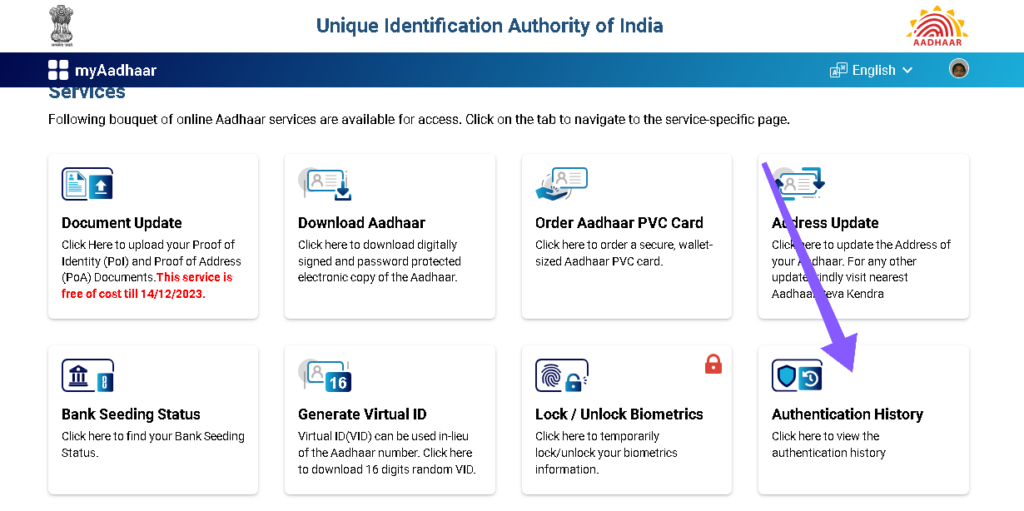In India, Aadhaar Card is one of the most important identity proofs one must have. From buying a SIM to buying a stock, Aadhaar Card is the necessary document in each and every service where you have to show your identity proof.Our Aadhaar card is linked to our PAN card and bank account.
In the Aadhaar Card database, our biometric data is the most important data.
By default, biometric authentication and AePS (Aadhaar Enabled Payment System) are enabled for all Aadhaar card holders.
There is a feature by which you can withdraw your money from a bank account by AePS without any OTP, and you just need your biometric. This is the main concern because fraudsters are using this feature to scam people. In this blog post, we’ll discuss how Aadhaar card scams are happening and how to avoid them.
Table of Contents
How Aadhaar Card Scams or Frauds Are Happening
- Fraudsters first collect Aadhaar details from photocopy shops, cyber cafes, hotels, etc.
- Now they track individuals whose Aadhaar details are available to find out in which bank account they have money.
- After finding the bank account, they only need biometrics to drain the bank account to zero.
- Fingerprints can be collected through government offices or land registry offices. A clone of fingerprints can be easily made with sillicon.
- To withdraw money from a bank account using AePS (Aadhaar Enabled Payment System), fraudsters only need three things: an Aadhaar card, a bank account, and a biometric.
- AePS is by default enabled for all Aadhaar card holders. So your money can be withdrawn without any OTP.
- The main concern here is that you’ll not receive any SMS notification after money gets debited from your account by AePS.
One of the Real Stories in Aadhaar Card Scams
I found an influencer, Pushpendra Singh, on Twitter who faced an Aadhaar scam. He narrated the whole story on Twitter by tagging the respective authorities, and after a few weeks, he got his money back.
Here is the complete story by Pushpendra Singh:
How my mother’s savings account was drained by a hacker with the help of Aadhaar card
- For my mother’s passbook entry, I visited PNB Bank last month. In my account, I saw a balance of 0. I then contacted my mother right away to let her know that she had no balance, and I asked the banker why it was showing 0 after that. “How is it possible that I never took out any money?” My mother asked.
- After a while, she and I visited the bank, and we began talking with the manager.
- In response, the bank manager said, “Someone used the fingerprint from Bihar to drain this account.”
- I mentioned we never disclosed the OTP and Aadhar card details (@UIDAI) to anyone in order to prevent hacking.
- He added that there are several examples of hackers duplicating or cloning fingerprints from plot or flat registry records. Where is our fault, I asked? Is money at a bank not secure?
- I told them this is a failing of the banking system; why isn’t the bank preventing account access if someone is using their fingerprint to complete transactions at a separate location?
- Following a thorough conversation, he added, “I can only write a complaint if you first file a police report. This is not in my hands.” I registered for cybercrime after that, but nothing has happened as of yet.
- My bank has already been informed of my concerns. @pnbindia is now claiming that your complaint was received late. Concerning the complaint, it is not serious. A number of individuals I met with the same day each had a unique story about how their bank accounts were hacked.
Key Tips to Prevent Major Frauds Related to the Aadhaar Card
Fraudsters keep updating themselves, so it’s our duty to keep updated with safety measures to prevent major frauds. Here are some of the main measures to secure Aadhaar from being misused:
Never share the OTP
If your mobile is linked to your Aadhaar card, then one OTP can give access to all your Aadhaar details to someone. So do not share your Aadhaar-related OTP with someone without a proper reason.
Lock your biometric
To withdraw money from a bank account using AePS, biometrics are necessary. But if you lock your biometric for Aadhaar card authentication, then you’ll be safe from fraudsters or Aadhaar card scams.
How to lock Aadhaar biometrics?
- Step 1: First, visit the UIDAI website or download the mAadhaar app.
- Step 2: Login using the Aadhaar number and OTP.
- Step 3: Go to the Biometrics Lock option. Then enable it.

One thing to remember is that if you are going to the Aadhaar centre to change your address or something on your Aadhaar card, unlock your biometric first; otherwise, biometric authentication will show an error.
Check the authentication history frequently
To check the authentication history, either go to the UIDAI website or the mAadhaar app. Keep checking your Aadhaar authentication history frequently to know if any authentication happened without your knowledge.

Do not click on unknown links or URLs
If you receive any link or URL through a message or find somewhere on social media that offers you a lottery or something, then do not click on those links because that can cause you a big loss by scamming you.
Do not download or upload Aadhaar details everywhere
If you are using a computer or system in the public domain, then do not download your Aadhaar card there, and if you are still downloading, then delete it from the system as well as from the recycle bin.
Additionally, there are many platforms online or offline where you have to submit your Adhaar details for KYC purposes. Always double check the authenticity of the platform where you are giving your Aadhaar details because those details can easily be misused.
Use Masked Aadhaar or VID
Masked Aadhaar and VID are acceptable everywhere to reduce the risk of scams. Masked Aadhaar is basically an Aadhaar card where the first eight digits of the Aadhaar number are not visible, and VID is basically a temporary 16-digit number that can be used for Aadhaar authentication. So always try to use a masked Aadhaar or VID whenever possible in place of an Aadhaar card or Aadhaar number.
Conclusion
Safeguarding your Aadhaar card information is a responsibility we all share. By staying informed and adopting proactive measures, you can significantly reduce the risk of falling victim to scams.
Fraudsters are finding loopholes in current systems such as AePS (Aadhaar Enabled Payment System), so keep yourself one step ahead. Remember, knowledge is power when it comes to thwarting scams. Share this post with your friends and family to create a community of informed individuals dedicated to combating Aadhaar card fraud.
More Reads You Might Like
How to Share Live Location using Google Maps?

